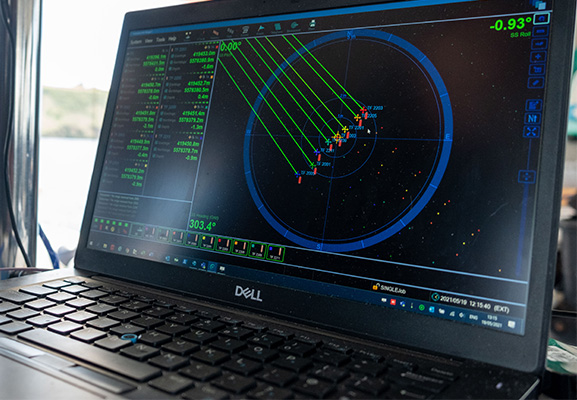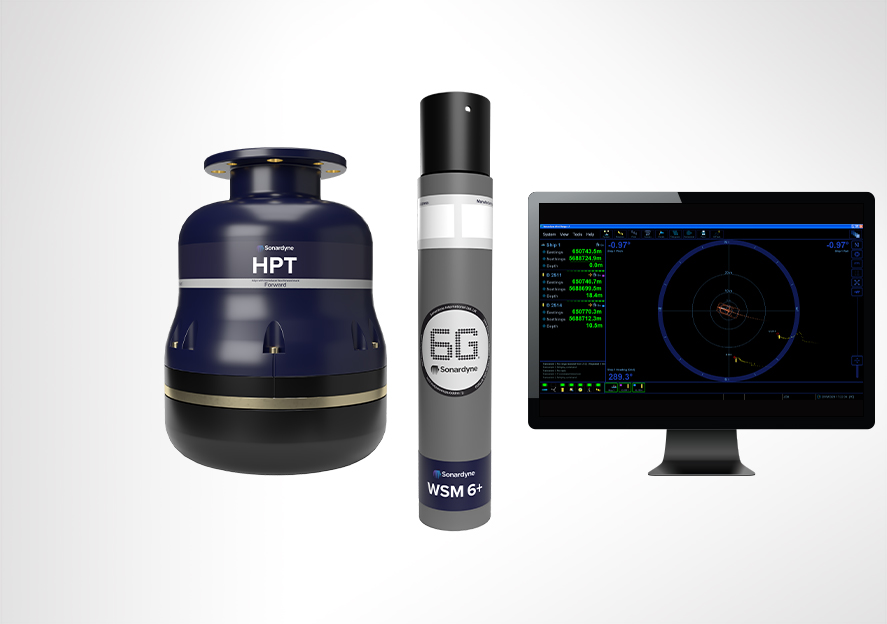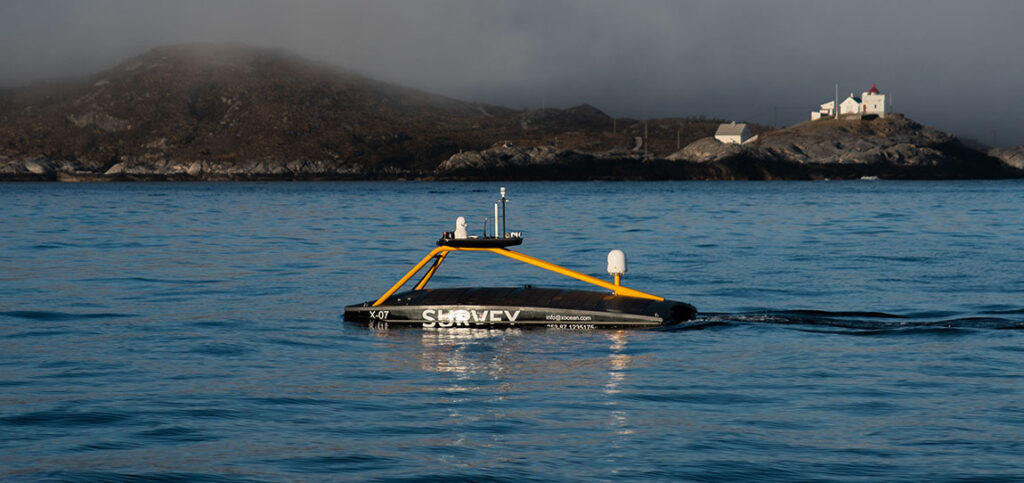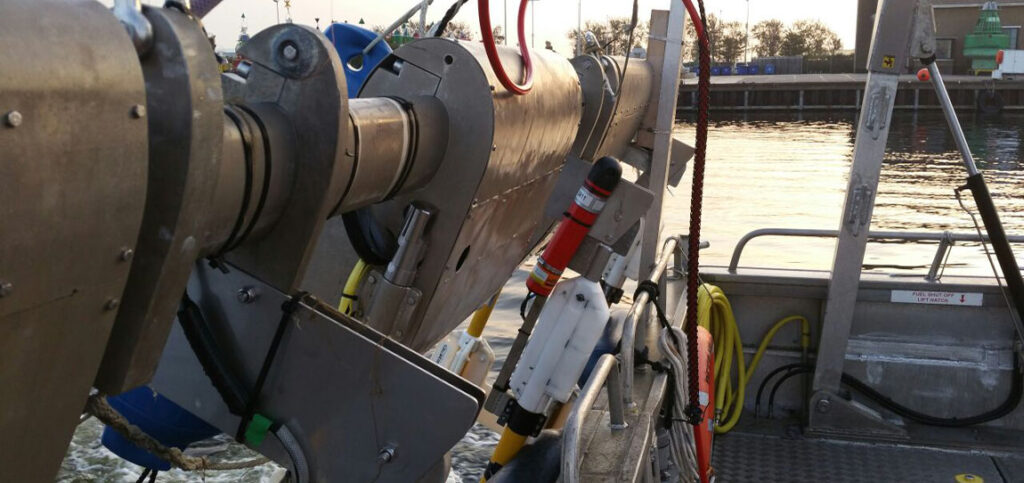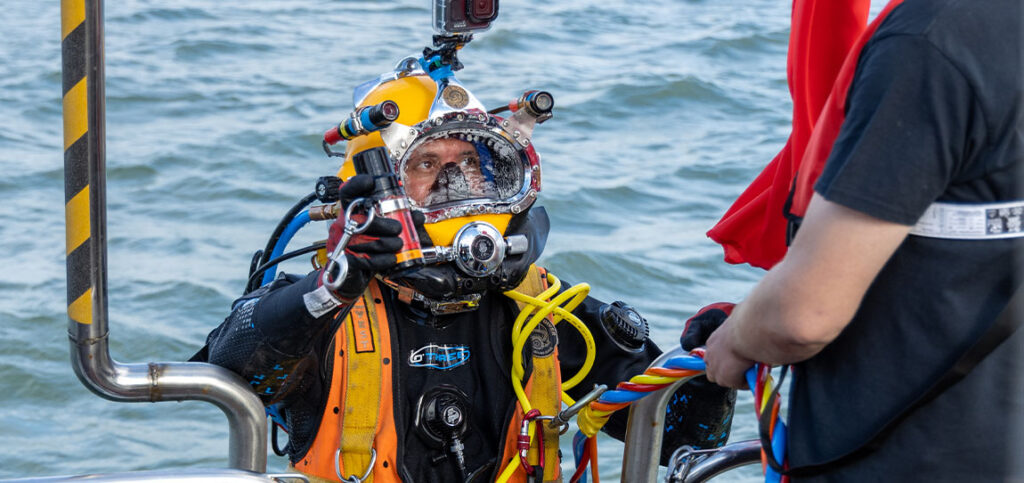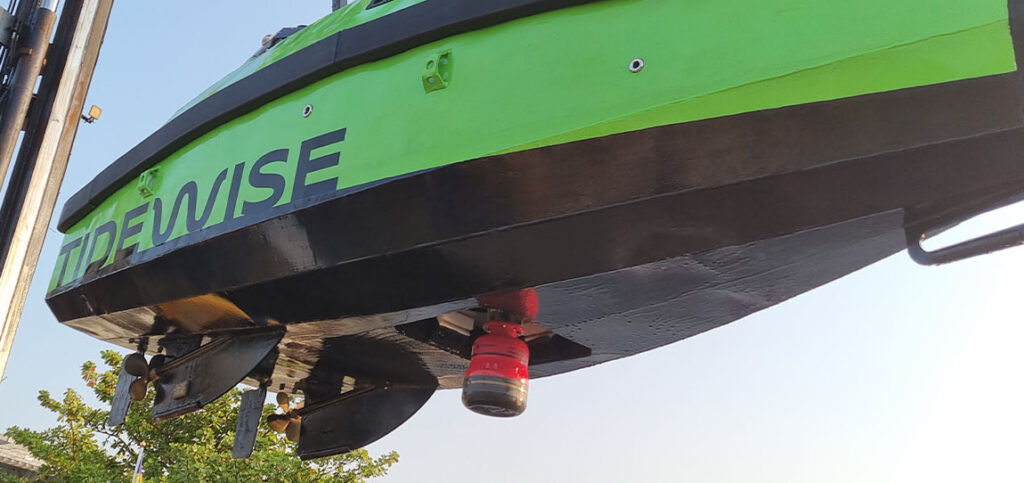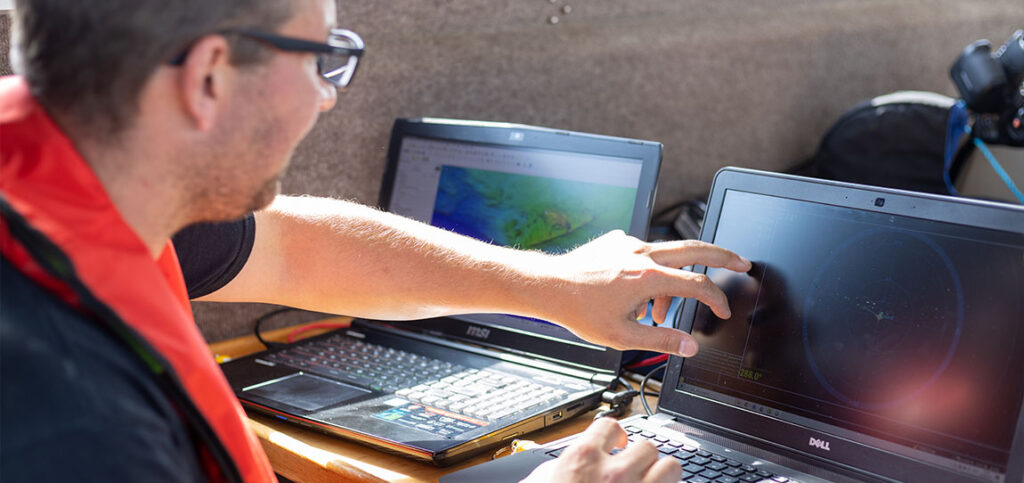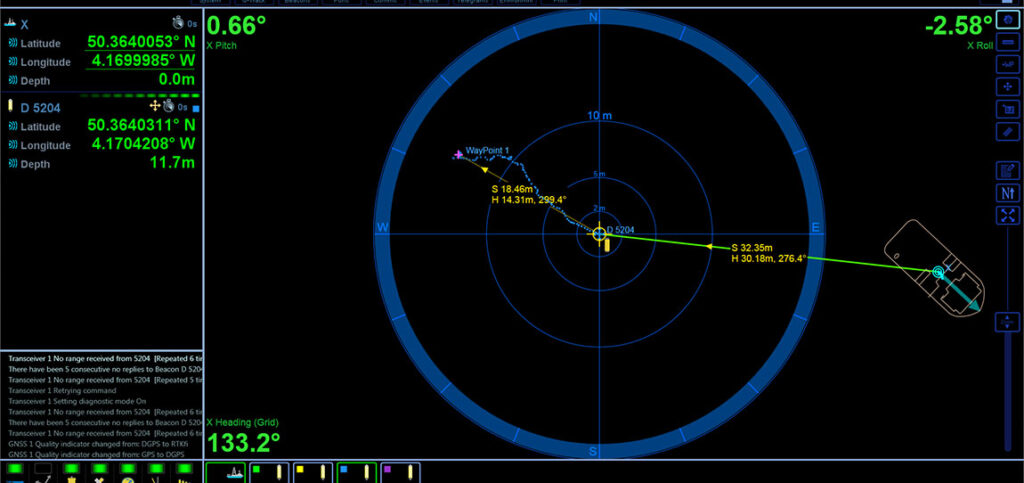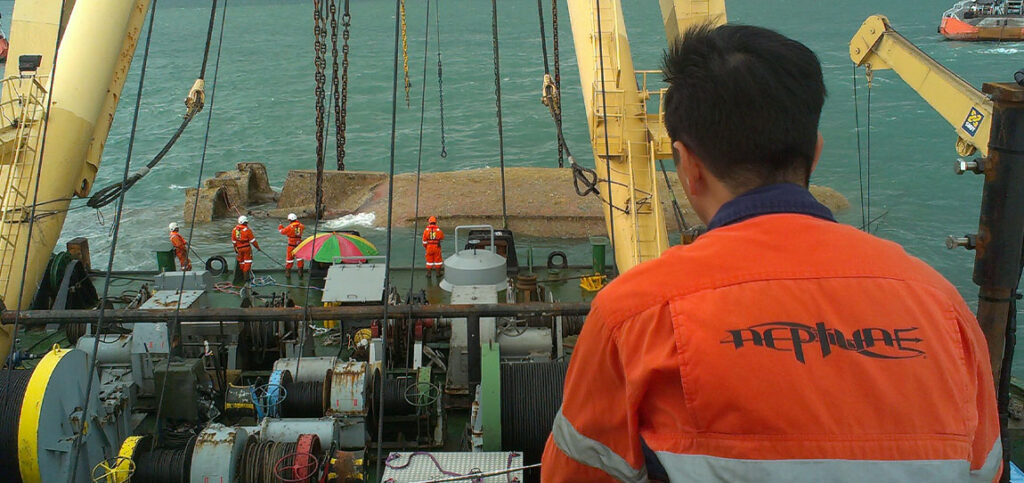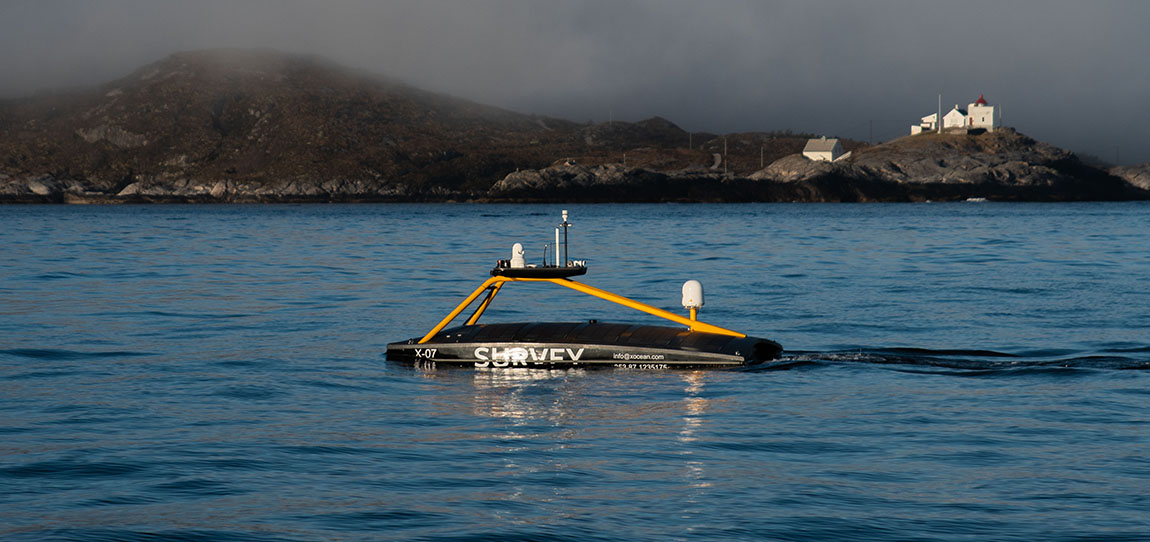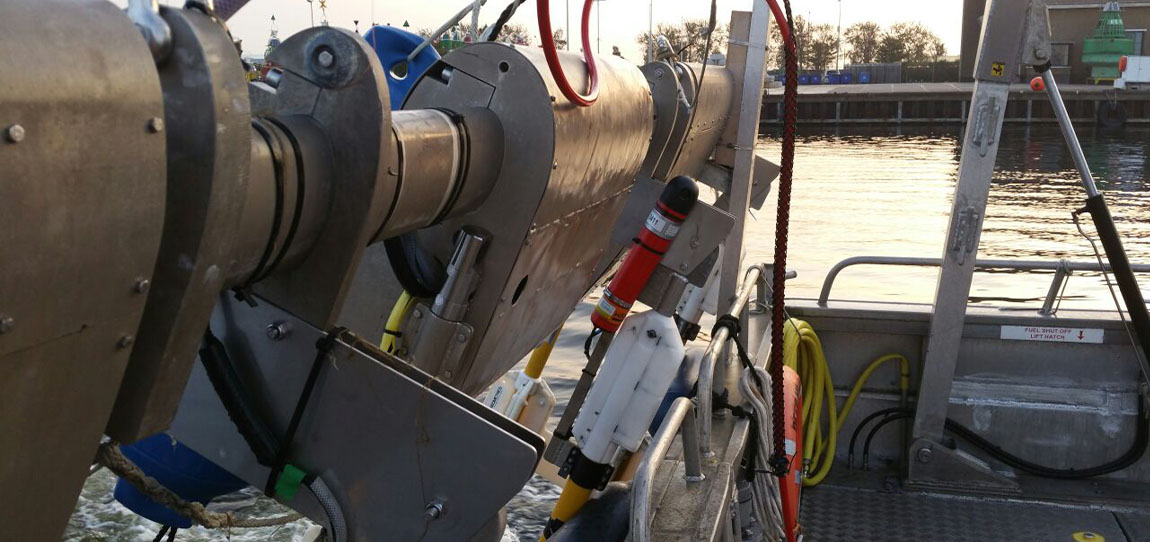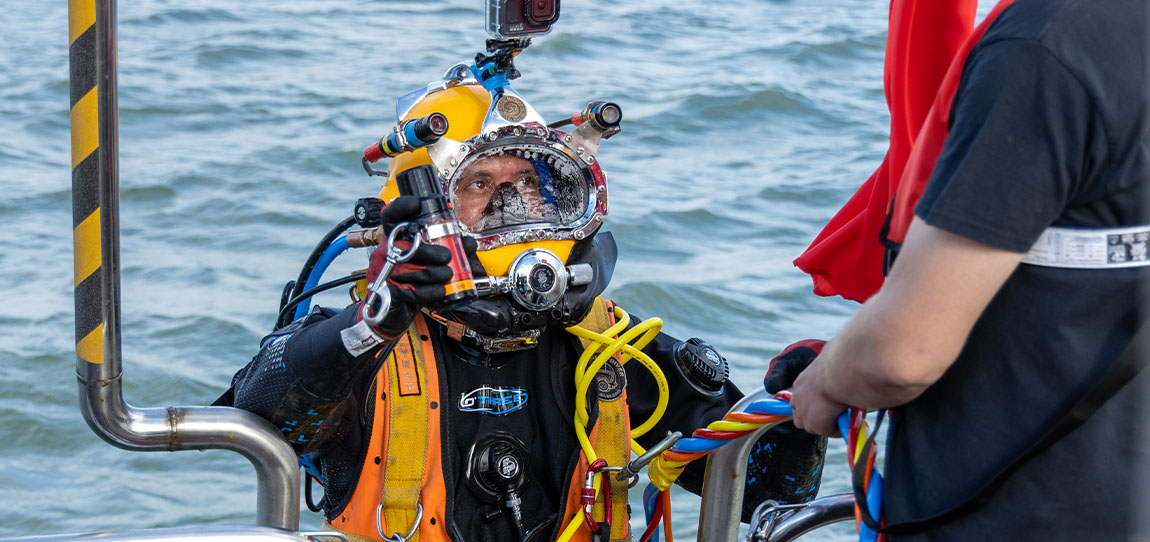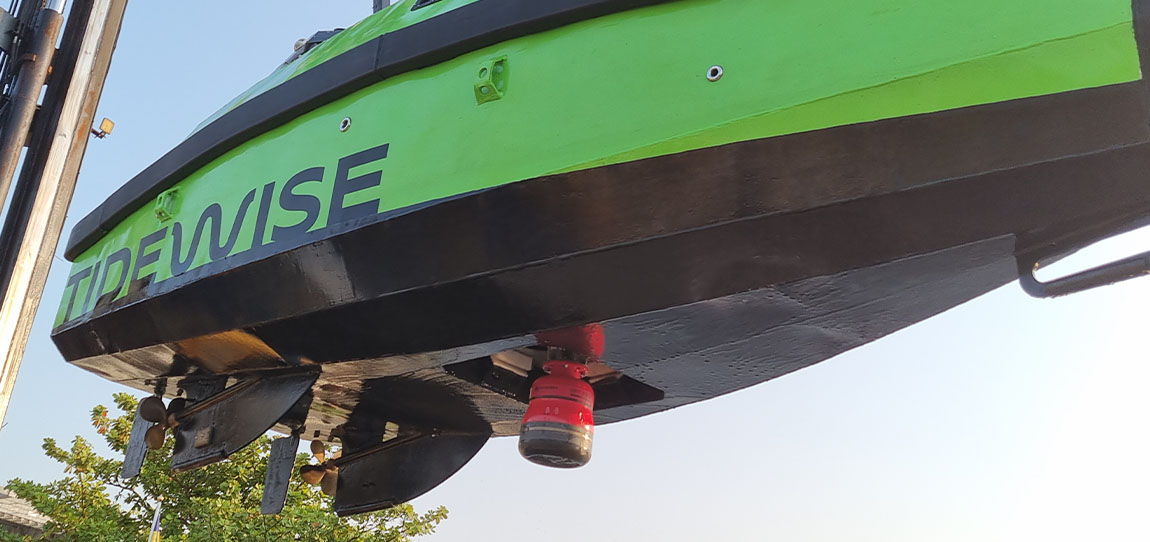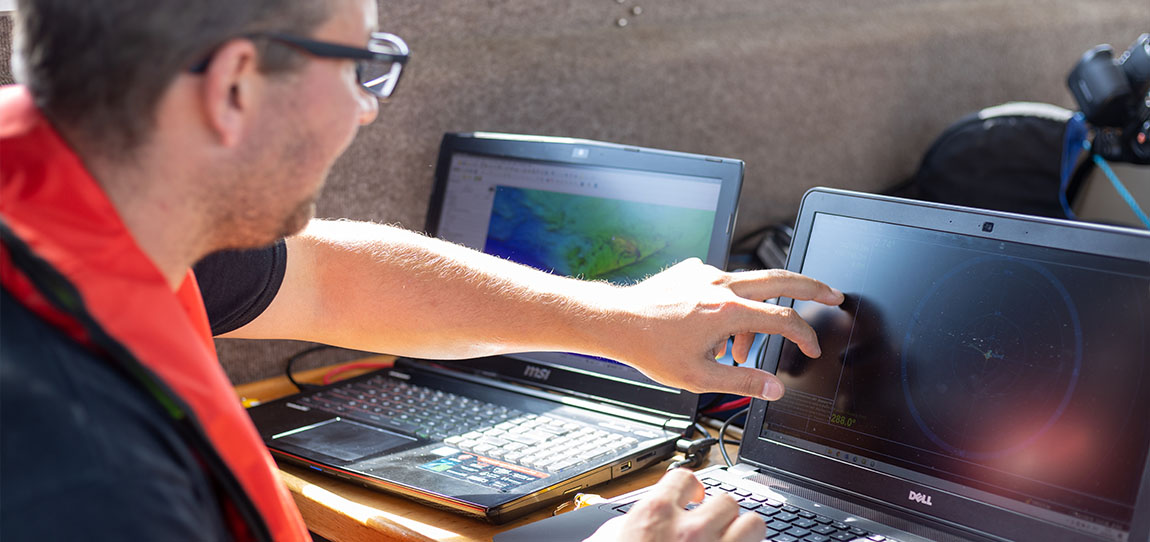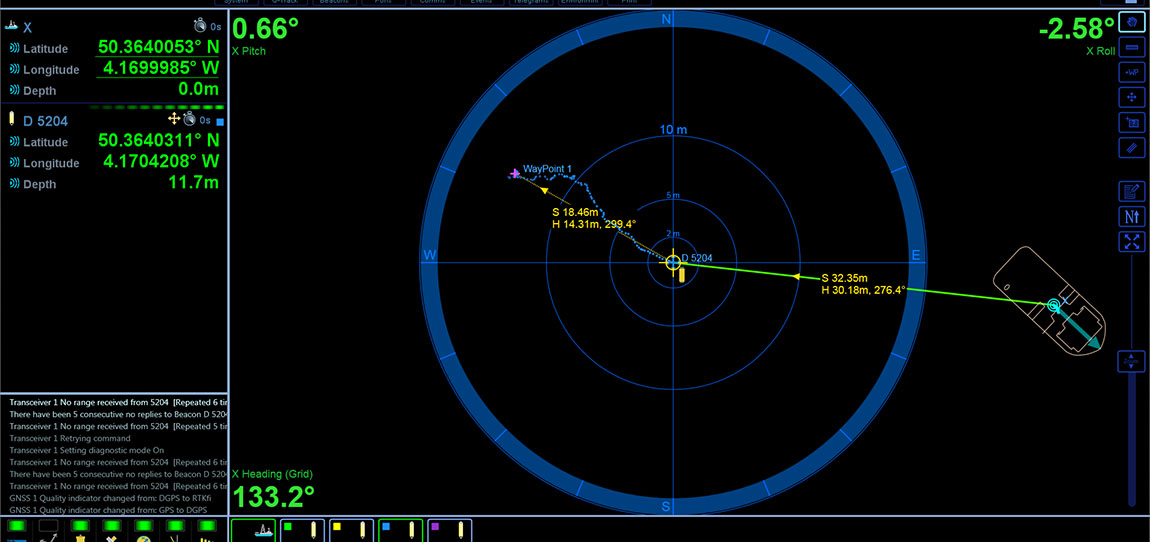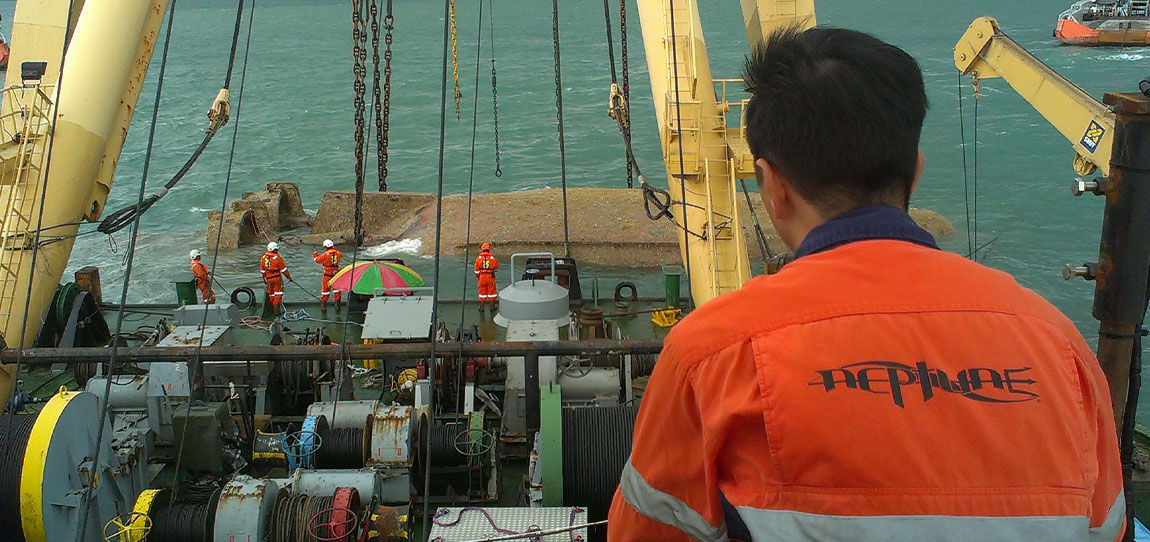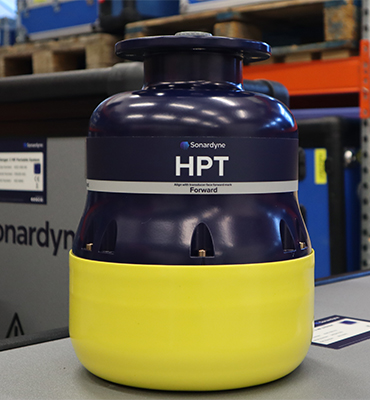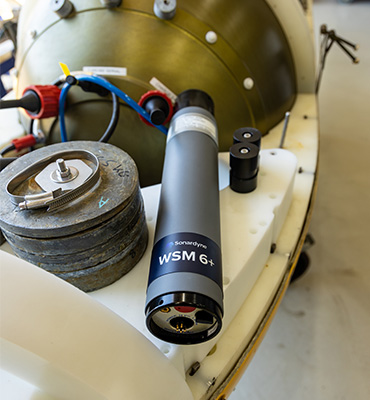Mini-Ranger 2 USBL
What is possible
As our mainstay USBL system for nearshore operations, Mini-Ranger 2 is a tracking, positioning and communications system with robotic capability. Straight out of the box it can track and communicate up to 995m. With an extension pack, this can be extended to 4,000m making it suitable for any AUV, diver, ROV, towfish, USV or vessel in shallow to mid-depth waters across many operational areas.
For ocean science and environmental campaigns, its survey-grade accuracy adds precision to your operations whether they involve; environmental surveys, aquaculture, coastal science, research vessels, sensor tracking or site survey and characterisation for offshore renewable energy.
For Naval test ranges and military diving – Mini-Ranger 2 allows you to track up to ten divers simultaneously, bringing precision and safety to maneuvers.
It offers more than just tracking – with the addition of a robotics pack – Mini-Ranger 2 allows you to communicate with, command and control up to ten vehicles simultaneously within your marine robotics fleet.
Technology Focus – Mini-Ranger 2 USBL for renewables
USBL tracking without the complexity – when micro is too small, but Ranger 2 is too big – mini is just right
Why choose it?
- Portable and quick to mobilise; a great choice for small survey vessels, moored barges and uncrewed vessels
- 995 m operating range; extendable to 4,000 m (requires export license)
- System accuracy 0.2%–1.3% of slant range, depending on system configuration
- Optional Marine Robotics software feature pack provides command and control of AUVs
- Works with a wide range of 6G transponders including RT 6 acoustic releases
- Simple to configure and easy to use, even with no experience of acoustic tracking technology
- Developed and supported by a company with over 50 years of experience in innovative underwater technology
The kit
HPT 3000
HPT 3000 is the highly capable surface deployed USBL transceiver at the heart of the Ranger 2 system. It’s suitable for all your operations, whether they involve shallow water, high elevation, long lay back operating scenarios, or data telemetry.
You can choose to deploy it over the side of your vessel on a simple pole arrangement or under the hull of a USV. If your operations demand a permanent deployment, a through-hull deployment setup is possible. Simply fit a transponder to each target you want to track and you’re ready to go!
HPT 3000 simply connects to your PC running the Ranger 2 software – the same process and software applies across the whole Ranger 2 family. As standard, it enables data harvesting from seafloor instruments, using crewed or uncrewed vessels, and works with a wide range of 6G transponders including RT 6 acoustic releases.
Transponder options
A wide range of our 6G transponders can be used with Mini-Ranger 2, allowing you to select the right one for your operations. If you’re tracking divers, small to medium sized AUVs or micro-class ROVs, Nano is a popular choice. When tracking larger targets such as a towfish, a crane wire lowering a structure, or an observation-class ROV, WSM 6+ will meet your requirements. If you need to release and retrieve seabed assets, our RT 6 allows you to deploy, track and recover seafloor equipment – all in one instrument.
Mini-Ranger 2 in action
Bringing special order accuracy to small diameter AUVs
Read moreMini-Ranger 2 for the next-level USV operations
Read moreL3Harris takes USBL-aided AUV navigation to the next level
Read morePerformance
• 0.2% positioning repeatability using external MRU
• 1.3% positioning repeatability using internal MRU
• Up 10 targets tracked, simultaneously
• 995 m maximum tracking range, extendable to 4,000 m
• 3 Hz position update rate
Acoustics
• MF frequency (19–34 kHz)
• Supports Sonardyne Messaging Service for data exchange
• Transceiver optimised for high elevation tracking in quiet environments
• Sonardyne Wideband 2 acoustics for reliable performance in both shallow and deep water
Ownership
• ITAR Controlled: No
• Warranty: 1 year return to Sonardyne service centre
• What’s in the box: HPT 3000, SIU, deck cables, software, manual
• UK Export Licence: Not required for 995 m version. Required for extended range (4,000 m) version
Overview
• Whatever you want to track, it adds survey-grade precision and accuracy to your operations
• Mini Ranger 2 opens up the possibilities for your marine robotics fleet to communicate, command and control them
• Provides flexibility to your underwater operations without compromising performance
Specifications table
| Feature | Specification |
|---|---|
| Design | Powerful features for commercial users |
| Easy to transport, hardware comes in one box | |
| Configurable for manned or unmanned vessel operations | |
| Quick to mobilise, configure and uninstall | |
| Shares common platform with other Sonardyne USBLs | |
| Performance | 0.2% positioning repeatability using external MRU |
| 1.3% positioning repeatability using internal MRU | |
| Up 10 targets tracked, simultaneously | |
| 995 m tracking range; extendable to 4,000 m | |
| Uo to 3 Hz position update rate | |
| Acoustics | MF frequency (20–34 kHz) |
| Sonardyne Wideband 2 digital acoustics for reliable performance in both shallow and deep environments | |
| Supports Sonardyne Messaging Service for data exchange | |
| Transceiver optimised for high elevation tracking |
